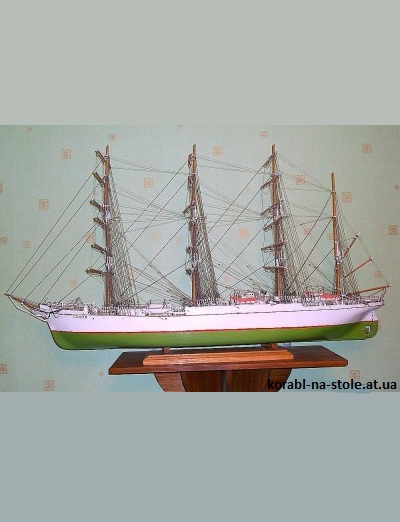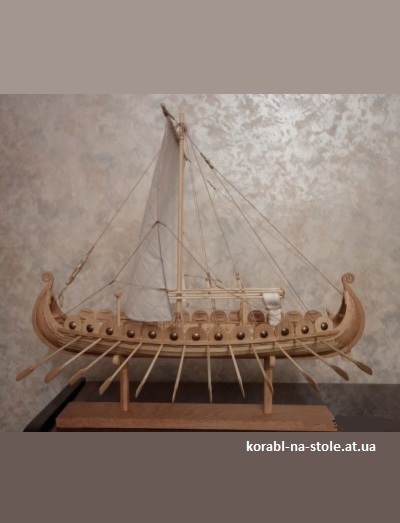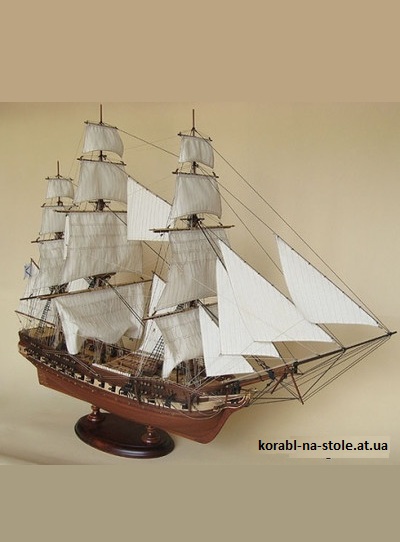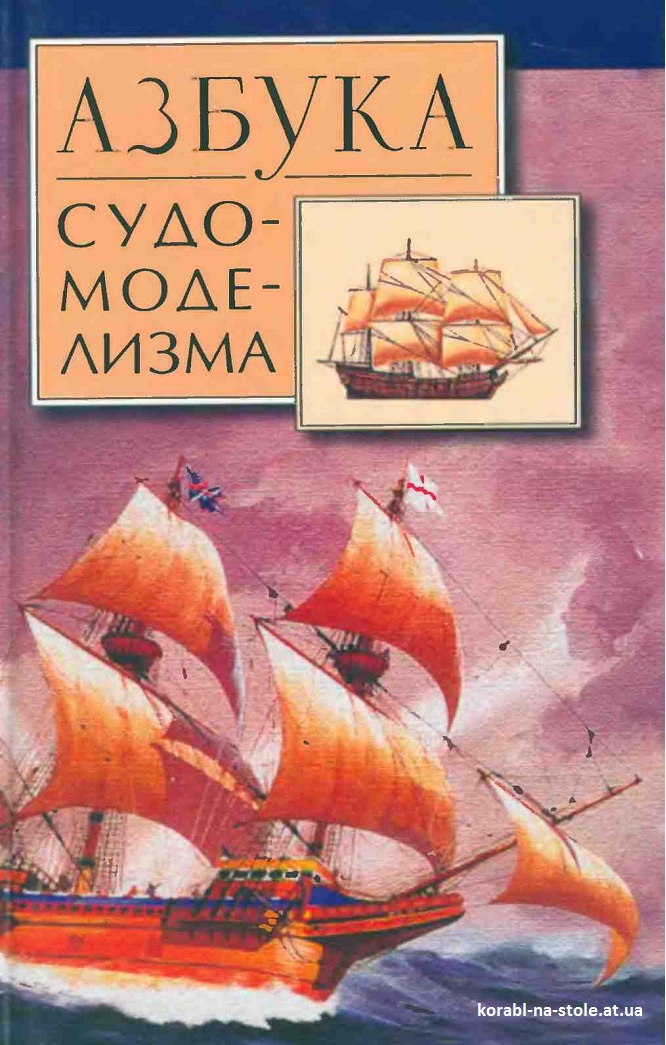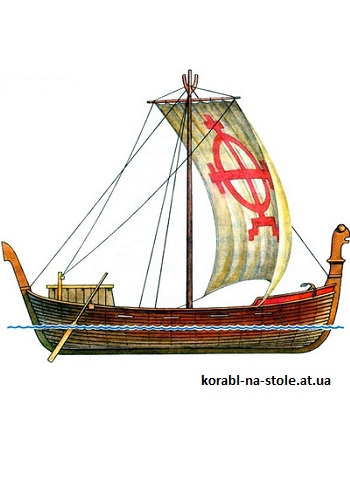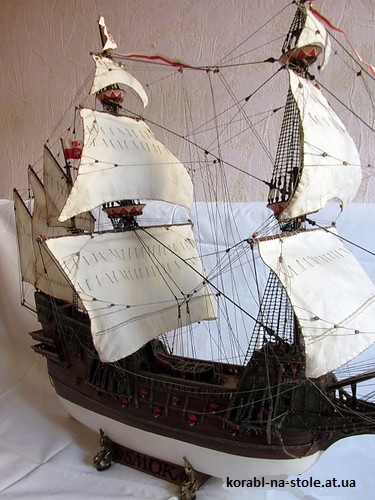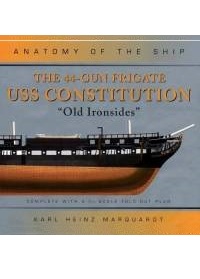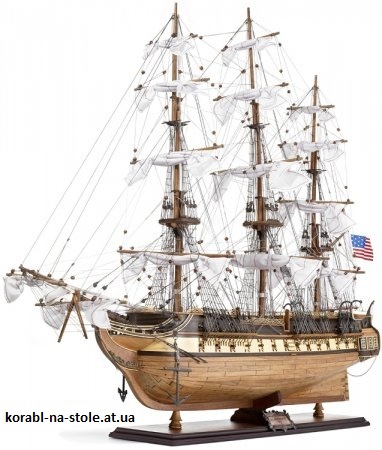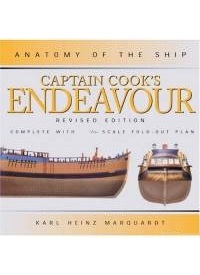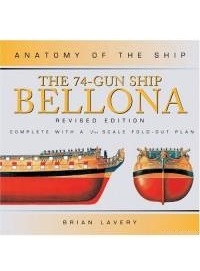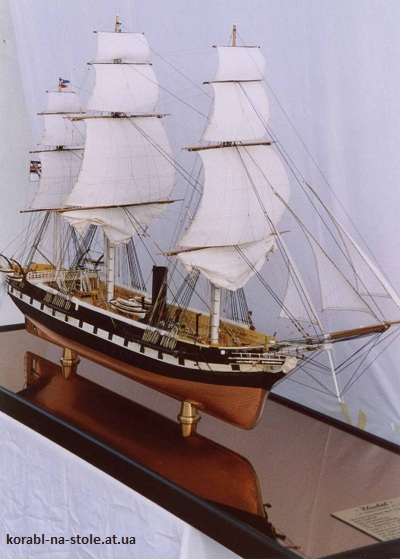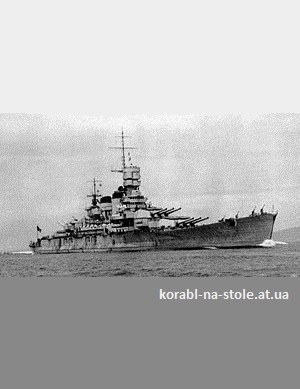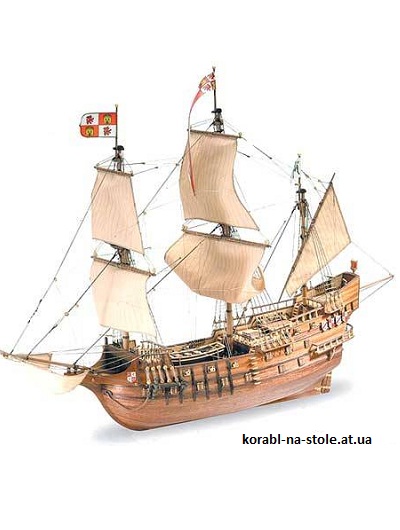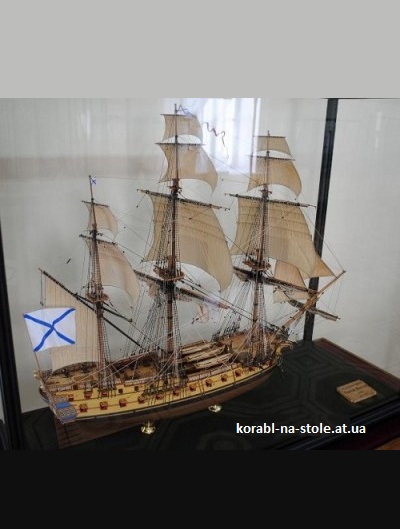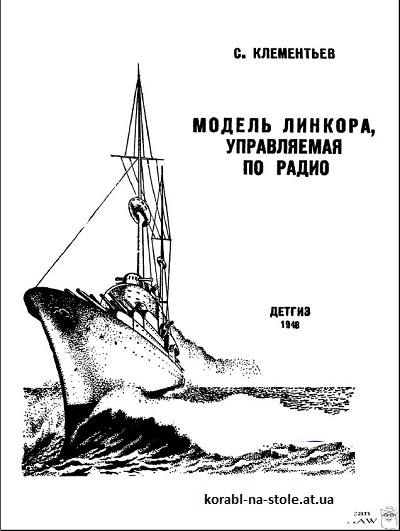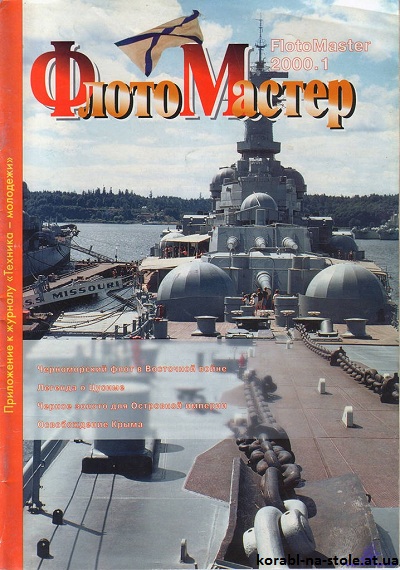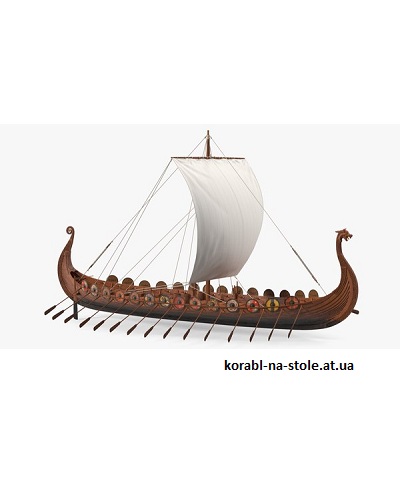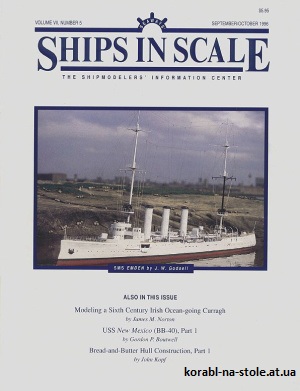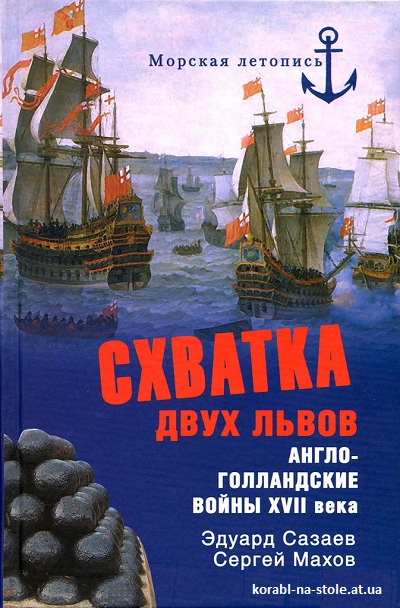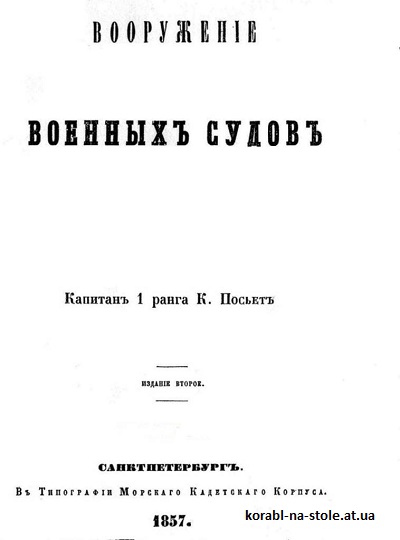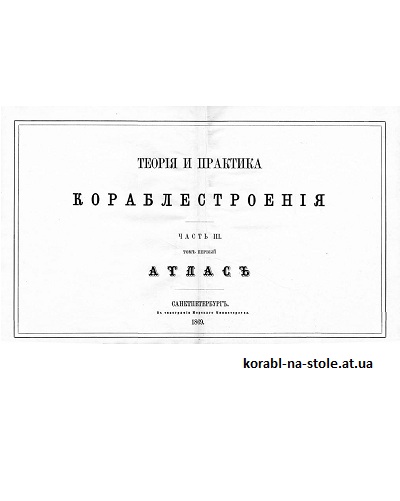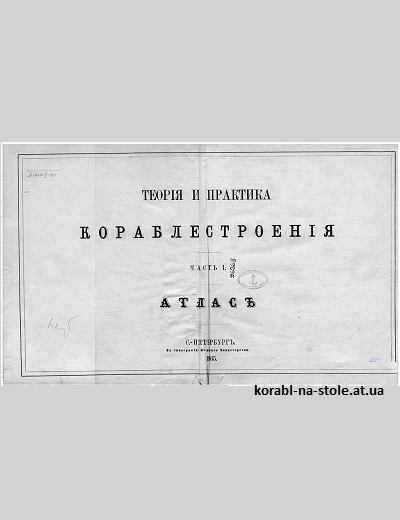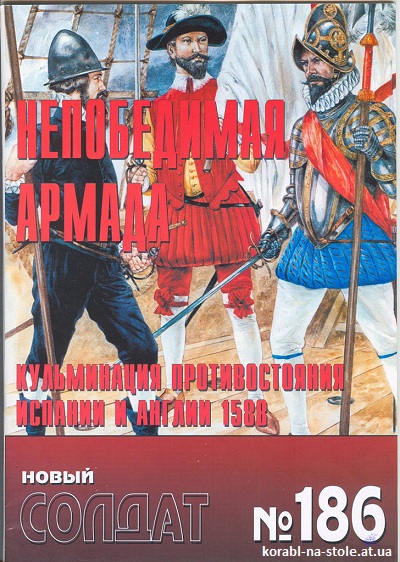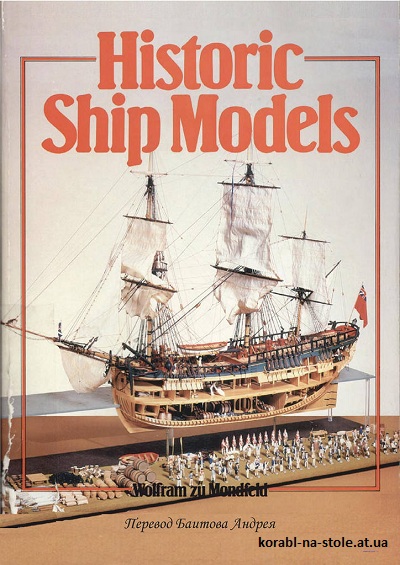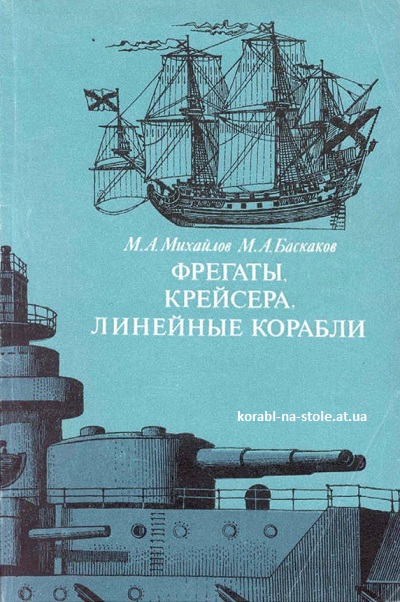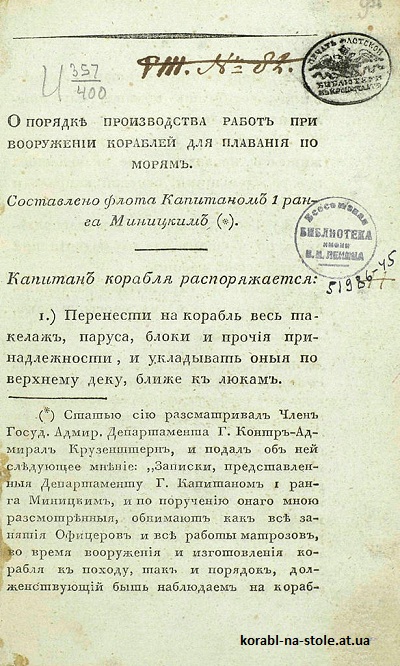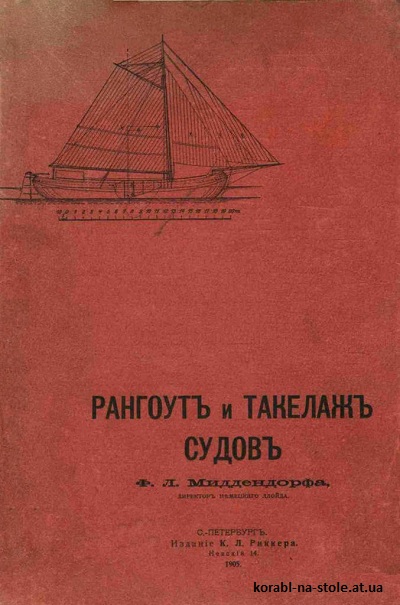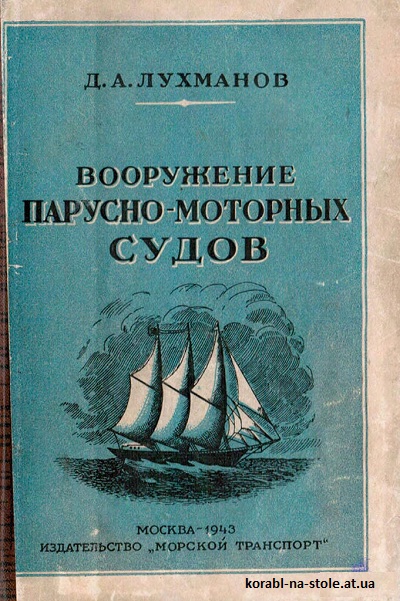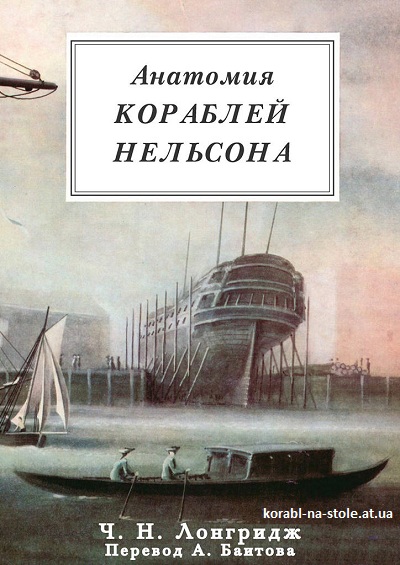Elisabeth, Corvette, 1868
05
авг
Скачать
- Название:Elisabeth, Corvette, 1868
- Размер:8,1 Мб.
- Формат:jpeg/jpg
- Категория:1800 - 1900 год
- Автор:нет
Скачать
Описание материала Elisabeth, Corvette, 1868
The corvette was built 1866 - 1868 at the royal shipyard in Danzig and came into service 1869. She was named ELISABETH after the wife of Prussian king Friedrich Wilhelm IV. The building advanced only slowly. The launch of the vessel still took place under the flag of the North German Alliance. With her elegant hull, the rigging and the figure head (created by the Stettin sculptor Pitschmann) being a reproduction of the name giver, she was considered one of the most beautiful German warships ever built.
The scant coal storage on board and the limited possibilities for supply in ports, particularly when visiting the German colonies, put many restrictions on use of the engine. Under sails, with drawn-in propeller and lowered smoke pipe, she reached a speed of 14 knots. Under steam with favourable conditions she came to 12 knots. The crew was 380 men. The sail area was calculated as 2653 m?. Below the waterline the hull was plated with copper.
The ELISABETH participated in the ceremonies on the opening of the Suez Canal, together with the corvettes Arcona and Hertha, the yacht Grille, and the gunboat Delphin. The North German Alliance was represented by the Prussian Crown Prince Friedrich Wilhelm.
The experiences in the Crimean War proved that wooden ships had substantially lost combat capability and no more could be used for war purposes. On transfer to the Imperial German Navy in 1871 the corvettes were used as training ships for sailors. The number of 24-pounder cannons (breech-loaders of Krupp) were reduced from 28 pieces to 18. Two of the cannons were put as "chase cannon" on foredeck and quarterdeck. Journeys lasting two years, including visits to the colonies, were no rarity. The ELISABETH was deactivated 1887 and broken up 1904.
The scant coal storage on board and the limited possibilities for supply in ports, particularly when visiting the German colonies, put many restrictions on use of the engine. Under sails, with drawn-in propeller and lowered smoke pipe, she reached a speed of 14 knots. Under steam with favourable conditions she came to 12 knots. The crew was 380 men. The sail area was calculated as 2653 m?. Below the waterline the hull was plated with copper.
The ELISABETH participated in the ceremonies on the opening of the Suez Canal, together with the corvettes Arcona and Hertha, the yacht Grille, and the gunboat Delphin. The North German Alliance was represented by the Prussian Crown Prince Friedrich Wilhelm.
The experiences in the Crimean War proved that wooden ships had substantially lost combat capability and no more could be used for war purposes. On transfer to the Imperial German Navy in 1871 the corvettes were used as training ships for sailors. The number of 24-pounder cannons (breech-loaders of Krupp) were reduced from 28 pieces to 18. Two of the cannons were put as "chase cannon" on foredeck and quarterdeck. Journeys lasting two years, including visits to the colonies, were no rarity. The ELISABETH was deactivated 1887 and broken up 1904.
Случайная модель

